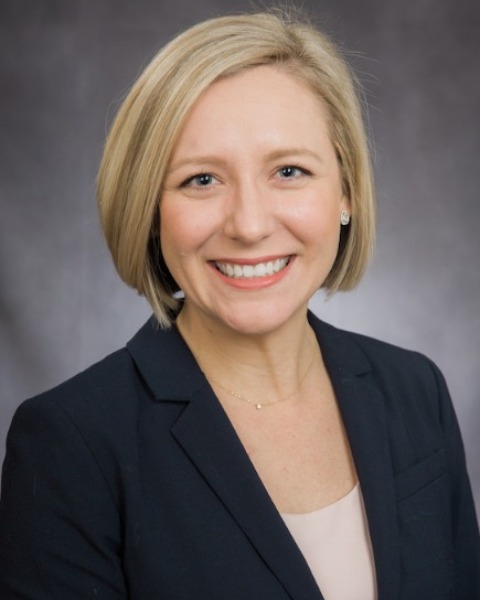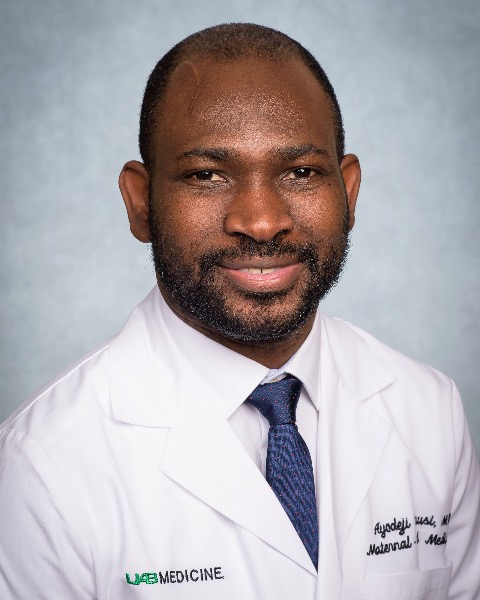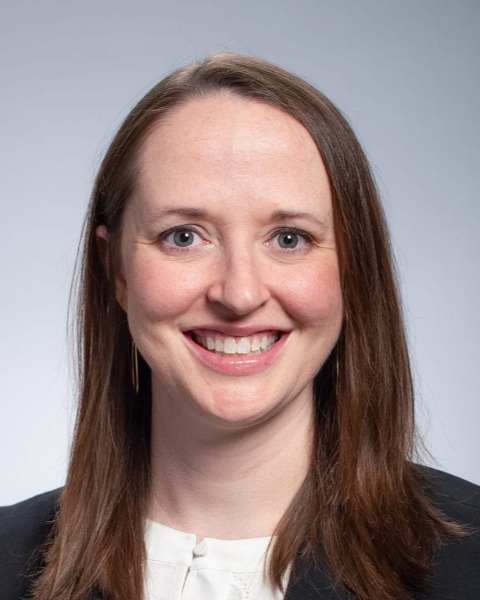Poster Session 4
(995) Impact of an Addiction in Pregnancy Program on Breastfeeding in Patients with Substance Use Disorder

Christianna L. Tu, MD, MPH (she/her/hers)
Resident Physician
University of Alabama at Birmingham
Birmingham, Alabama, United States- YX
Yumo Xue, PhD
Doctoral student
Center for Women’s Reproductive Health, University of Alabama at Birmingham
Birmingham, Alabama, United States 
Charlotte B. McCarley, MD (she/her/hers)
MFM Fellow
University of Alabama at Birmingham
Birmingham, Alabama, United States- VJ
Victoria C. Jauk, MPH, MSN
Scientist II
University of Alabama at Birmingham
Birmingham, Alabama, United States 
Ayodeji Sanusi, MD, MPH (he/him/his)
Assistant Professor, Maternal Fetal Medicine
Center for Women’s Reproductive Health, University of Alabama at Birmingham
Birmingham, Alabama, United States
Rachel G. Sinkey, MD (she/her/hers)
Associate Professor of Obstetrics & Gynecology
University of Alabama at Birmingham
Birmingham, AL, United States
Submitting Author and Presenting Author(s)
Coauthor(s)
Breastfeeding (BF) plays a crucial role in promoting maternal and neonatal health. However, BF disparities exist among patients with substance use disorder (SUD). We evaluated the association between participation in a comprehensive addiction in pregnancy program (CAPP) and BF in patients with SUD.
Study Design:
Retrospective cohort of pregnant patients with SUD who delivered between 4/2028—8/2022 at a tertiary care center in the southeast US. Exclusion criteria were: HIV, fetal demise, or infant adoption. CAPP provided multi-disciplinary group-based prenatal care to pregnant patients with SUD; patients were CAPP eligible if < 32 weeks, used ≥1 illegal substance, and scored ≥4 on the National Institute on Drug Abuse—Modified Assist Tool. The primary outcome was BF rate at discharge from the delivery-associated hospitalization in those who participated in CAPP compared to patients with SUD who were CAPP eligible but did not enroll (non-CAPP). Secondary outcomes included rate of BF at 6 weeks postpartum, BF intention, rate of neonatal opioid withdrawal syndrome (NOWS), highest modified Finnegan score, and neonatal length of stay (LOS). Outcomes were compared between groups.
Results:
A total of 421 patients were included: 147 CAPP, 274 non-CAPP. Of the patients who participated in CAPP, 69.4% BF their infant at discharge compared to 42.9% of non-CAPP patients (p< 0.001, OR 2.89 (95% CI 1.85, 4.52)). Of CAPP patients who BF, 44.8% exclusively BF compared to 14.5% non-CAPP (OR 4.63, 95% CI 2.84, 7.55); and 24.6% of CAPP patients provided both breastmilk and formula compared to 28.4% non-CAPP (OR 0.80, 95% CI 0.50 – 1.30). At the postpartum visit, 32.1% of CAPP patients and 39.5% of non-CAPP patients were still BF, with no significant difference between cohorts. There was no difference in NOWS, highest Finnegan score, or NICU LOS between groups (Table).
Conclusion:
Participation in a comprehensive addiction in pregnancy program is positively associated with BF at discharge from the delivery-associated hospitalization. Additional postpartum interventions are warranted to support BF after hospital discharge.

